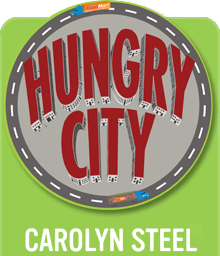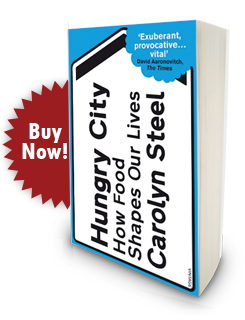A large shed in Thurrock…
Have you even been inside an RDC? Do you even know what one is? If the answer to both questions is ‘no’, you are in good company. Regional Distribution Centres, or RDCs, are some of the most vital buildings in the country, yet they operate well below most of our radars. They are the huge blank sheds you occasionally glimpse as you speed, or crawl, past on the motorway, a national network of around150 them – averaging 24,300 sq.m. in size – handles 94 per cent of the food we eat in Britain.
If, like me, this makes you rather curious to see inside one, be prepared for a long battle. I spent over a year negotiating with the six biggest supermarkets to visit one of their RDCs – to no avail. It was only recently, when I was approached by the Co-op, that my moment finally came– and it was worth the wait!
The RDC I visited was in Thurrock, a sprawling crinkly-tin city beneath the QE11 bridge, served by a maze of roundabouts and roads with names like Parsonage Close, yet lined with tall metal fences and heaving with lorries – the sort of landscape for which GPS’s were invented. As it turned out, the stress of finding my particular shed (a Co-op) without the aid of a GPS was the perfect demonstration of why most food in Britain these days is computer-tagged and monitored: it is the only way it has a hope in Hades of ending up where it is supposed to.
Inside, my particular RDC was typical of the genre: a vast hangar-like space filled with metal shelving five storeys high, populated by fork-lift trucks and ‘pickers’ (electric barrows) whizzing about at surprising speed. RDCs are the sorting sheds of modernity: physical hubs where the staggering scale and complexity of contemporary consumerism is made most manifest. 24 hours a day, they each receive up to 20,000 different product lines, storing them for as short a time as possible before sorting and dispatching them to stores. This process, as you might imagine, involves incessant lorry journeys (an average of 461,303 per supermarket per year), the aforementioned fork-lift trucks, and an effort of co-ordination unthinkable without modern technology. At the Co-op, each incoming pallet is identified by an electronic tag recognised by the state-of-the-art computer system ‘Manhattan’, which then uses a voice simulator to tell the truckers where to put it, and the ‘pickers’ how to split it up again for delivery to 684 stores in the South East. The entire process is triggered by shoppers like you and me, because the till sends an automatic signal for items to be replaced ‘just in time’: the principle upon which the entire system is based.
Depending on one’s point of view, one can either see such modern food delivery systems as miracles of efficiency, or as scarily vulnerable networks. I must admit I tend towards the latter. Firstly, there are real dangers in the physical consolidation of the food supply. In the USA an entire government department is devoted to the problem. Secondly, there is the human aspect of it all, or rather the lack of it. Is it just me, or does the purring, omnisceintific ‘Manhattan’ have shades of Hal 2000 about it? (I’m sorry Dave, I can’t do that..). Last, but not least, the ‘just in time’ basis upon which most of the country is now fed means that, were there to be any kind of glitch, we could find ourselves, as Lord Cameron of Dillington memorably put it, ‘nine meals from anarchy’. The infrastructures of modern urban life are complex and hidden – and often deserve more scrutiny than they get.










